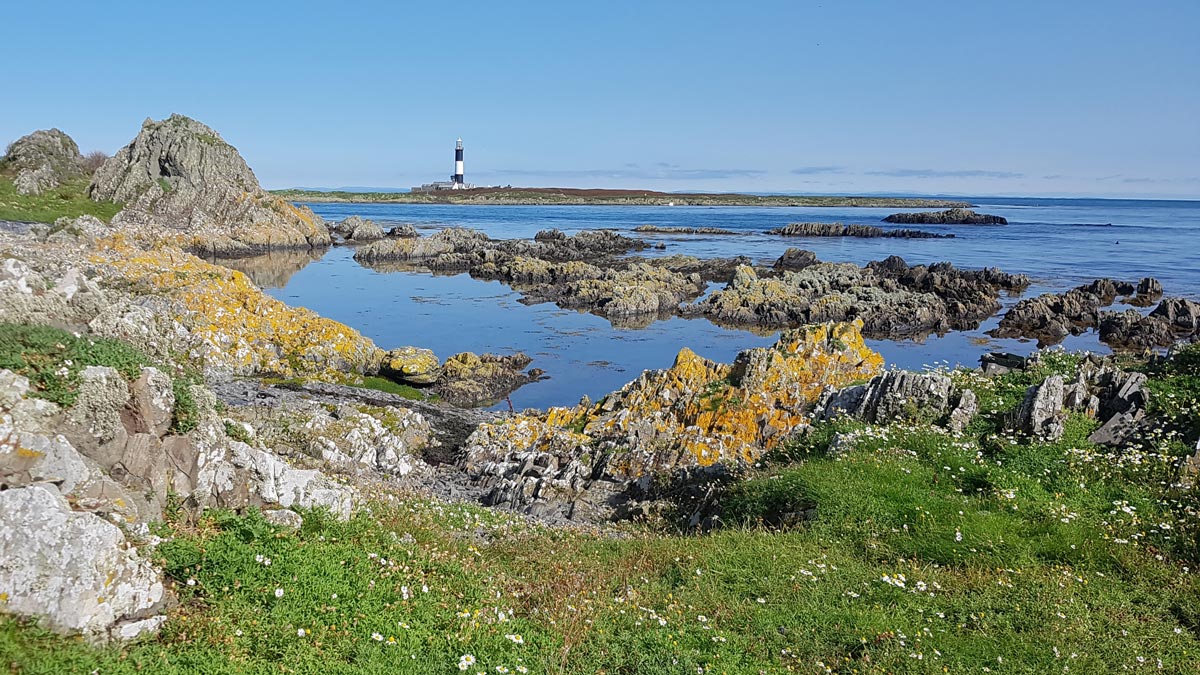
What’s the score for Copeland’s symphony of seabirds?
Northern Ireland is rich in spectacular coastline and birdlife, from the geological phenomenon of the Giant’s Causeway, cliffs busy with auks at The Gobbins, to the tranquil, island-freckled waters of Strangford Lough, home to graceful tern colonies. But my heart belongs to the Copeland Islands. I love the drama of the setting, the seasonal changes in cast and set, ranging from chilly April winds buffeting gatherings of Black Guillemots and Puffins, the blazing June days adorned with Red Campion, late Bluebells and the smell of hot bracken, to the last warm afternoons of the year filled with the baying complaints of lolling seals and their cotton-ball pups. At night, the soil sings as Manx Shearwaters utter their eerie hoot-hiccup calls from their burrows, the young emerging in September, flapping and stretching clumsily on the ground in preparation for their maiden flight to the South Atlantic.
Back in the late 1800s, nearly fifty people lived across the three islands, Big Copeland, Lighthouse Island and Mew Island, farming, fishing, and hunting birds and their eggs. The resident human population of Lighthouse and Mew Island has dwindled to nothing, but what of the birdlife? How many are left, what pressures do they face, and how can we ensure that their calls echo the island for generations to come?
As an enthusiastic bird ringer and volunteer seabird surveyor, there is always much to do during my visits to the Copelands with the aim of contributing to answering these questions. Days start early, and checking nets and ringing birds can in good conditions continue for most of the day. In some particularly frenzied visits, night-time ringing is also on the cards to encounter Manx Shearwaters, adding to an incredible 66-year dataset. In April we survey the Black Guillemots that bob up and down the swirling sound between Lighthouse Island and Mew Island, flashing their showy, festive red feet. May is an important month for the large gull colony on Lighthouse Island, and I organise a team of Copeland Bird Observatory volunteers to count nests, marking these with dried pasta shells. In 2019 we carefully counted 1,030 nests as the attentive parents harried us from the skies, making this one of Northern Ireland’s most important gull colonies.
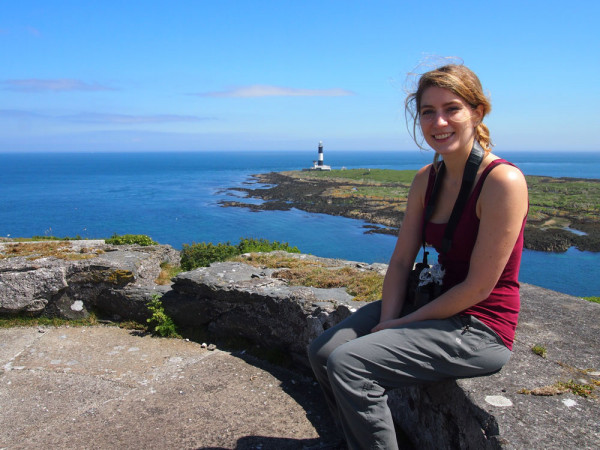
A lifelong interest turns to concern
The sea that runs in my veins has its humble origins in the busy English Channel that bounded my childhood territory. My hometown was the haunt of often-maligned Herring Gulls, making their homes amongst our own. I know now that Herring Gulls are smart and resourceful, but I have always loved these beautiful birds for their chic colour palette, scornful gaze and amazing aerial agility. The sound of their laughing calls evokes the freedom of summer holidays and warm days at the beach. I have come to learn that the urbanisation of gulls in recent decades has disguised a historic decline in their natural setting, a discovery only possible due to long-term monitoring.
While blissfully unaware of the conservation concern of gulls growing up, my early admiration of the formidable Herring Gull inspired my choice to pursue seabird ecology in my career. However, as my interest in seabirds has blossomed over the years, so has my concern for their wellbeing.
Our internationally important seabird colonies are under threat and we must act now to protect them for the future.
Seabirds are one of the most threatened groups of birds globally, and the fates of declining UK populations of many species are projected to worsen with climate change and other human pressures such as pollution, overfishing, bycatch and development. Our internationally important seabird colonies are under threat and we must act now to protect them for the future.
The knowledge gained through monitoring is a critical keystone for seabird conservation. In Northern Ireland we are in the fortunate position of having a really strong network of volunteer seabird surveyors, complemented by intensive effort by the RSPB and National Trust for specific sites and species. I am incredibly grateful to be able to contribute to seabird conservation both as a volunteer surveyor and ringer, but also in my role as Northern Ireland Seabird Coordinator for the BTO, funded by the Northern Ireland Environment Agency (NIEA). The focus of this role is to increase public engagement with seabird monitoring, to facilitate the integration of survey data with the Britain- and Ireland-wide Seabird Monitoring Programme and to synthesise the information collected by our volunteers into the annual Northern Ireland Seabird Report.
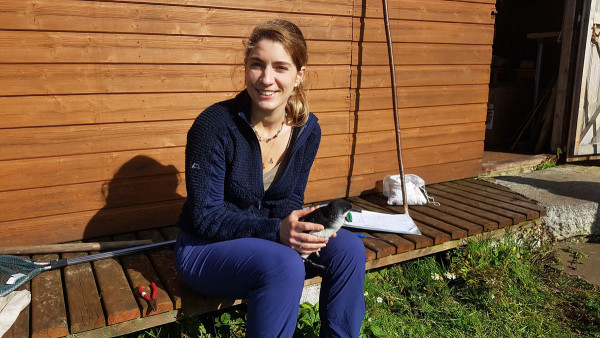
By improving the surveillance of our seabirds, together we can work towards conserving the species and sites of greatest concern, and better understand the threats they are facing. Information gathered on abundance, breeding success and survival enables us to be confident about the key life stages that are driving declines, and help us to target mitigation strategies, for example by protecting key colonies and foraging areas at sea. Additionally, because seabirds are good biological indicators, they can also act as sentinels of the sea, providing us with a way to monitor the health of the marine ecosystems on which we all depend.
Not only is the fantastic effort of our volunteers in Northern Ireland providing vital information which will inform the future conservation of seabirds, but it is also rewarding for volunteers themselves. The BTO’s online courses encouraged two new volunteers to take up seabird monitoring during the lockdown of Spring 2020, and the antics of these charismatic seabirds lightened their days during the pandemic.
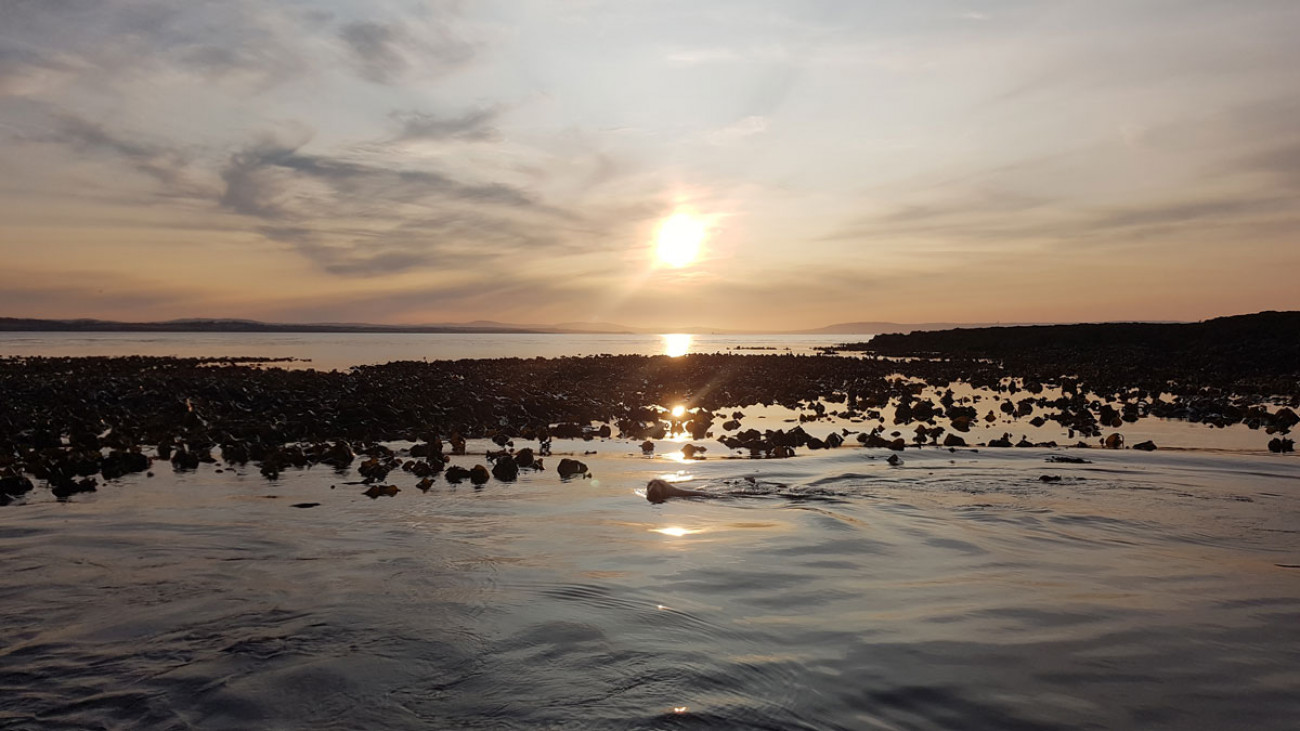
BTO training inspired us to take up monitoring our local colony of Black Guillemots. Watching their amusing courtship behaviours and the drama of parents raising their young was so enjoyable, we really connected with our seabird neighbours and their busy lives.Mark and Jessica from Annalong, BTO volunteers
A call for seabird monitors
Despite the dedication of our Northern Irish volunteers, there are still plenty of gaps in our knowledge. This is the final year of the JNCC Seabirds Count Census, and COVID-19 permitting, the BTO is aiming to lead an urgently needed count of Northern Ireland’s most important seabird site, Rathlin Island, Co. Antrim, funded by the Marine Protected Areas Management and Monitoring Programme. Smaller, more accessible sites are also in need of surveyors, so katherine.boothjones [at] bto.org (please get in touch) if you can contribute your time. Keep an eye out for news of how we got on later this year.
While we are lucky in Northern Ireland to have a growing seabird monitoring programme supported by the NIEA; elsewhere in the UK coverage is much more variable. It is essential that we improve our knowledge of our internationally important seabird populations, particularly for colonies all along the west coast of the British Isles. In March of this year, BTO launched Our Lost Seabirds – an appeal to empower a new generation of seabird surveyors. You can support this appeal by donating, sharing or training to become a seabird surveyor, and your involvement will contribute to protecting our seabirds’ future and the health of our marine ecosystems. With your help, we can inform vital conservation work, ensuring that the echoes of seabirds ring out from our coastlines for generations to come.
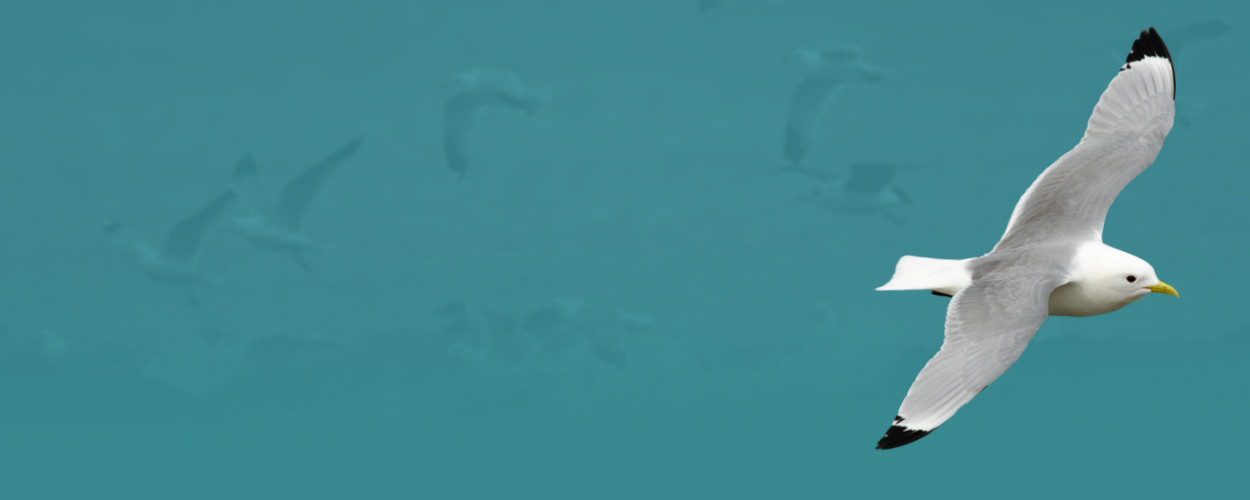
Our lost seabirds – help us secure their futures
We’re developing skilled volunteers to collect the data we need to inform scientific research and policy decisions. Without your support our seabirds could be lost forever.
Acknowledgements
Thanks to the Northern Ireland Environment Agency who fund the Northern Ireland Seabird Coordinator role, and to the Copeland Island Bird Observatory for their ongoing conservation work on Lighthouse Island and for their support of seabird monitoring in Northern Ireland.


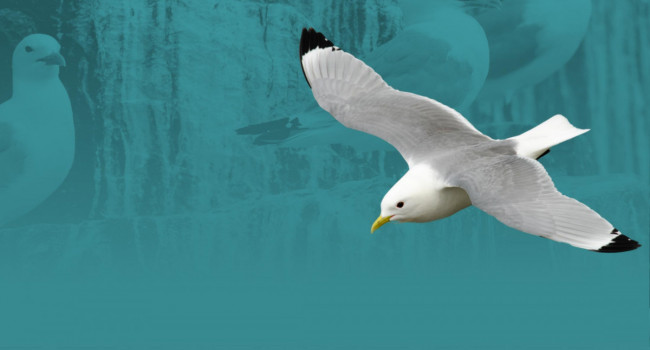
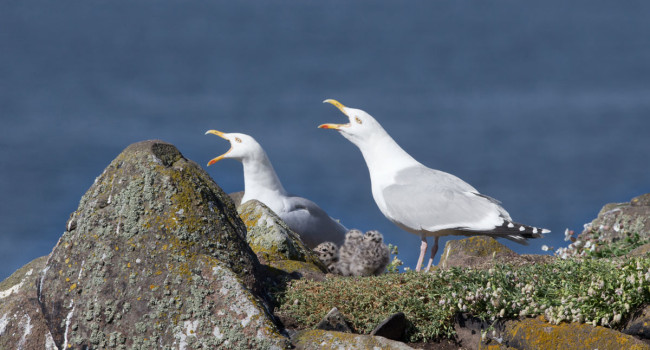
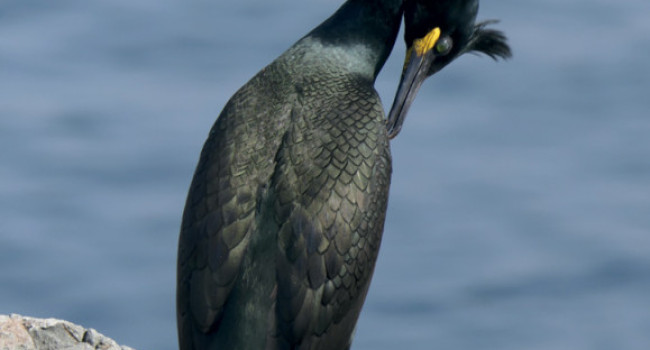

Share this page